The Sigiriya Rock Climb in Sri Lanka is an extraordinary adventure blending history, nature, and physical challenge. Rising majestically from lush forests, this ancient fortress offers awe-inspiring views and a glimpse into a bygone era.
Rising dramatically from the flat plains of Sri Lanka’s central Matale District, Sigiriya Rock—also known as Lion Rock—is one of the country’s most iconic landmarks. This towering monolith, capped by the ruins of an ancient palace, captivates travellers with its fusion of natural splendour and rich historical significance.
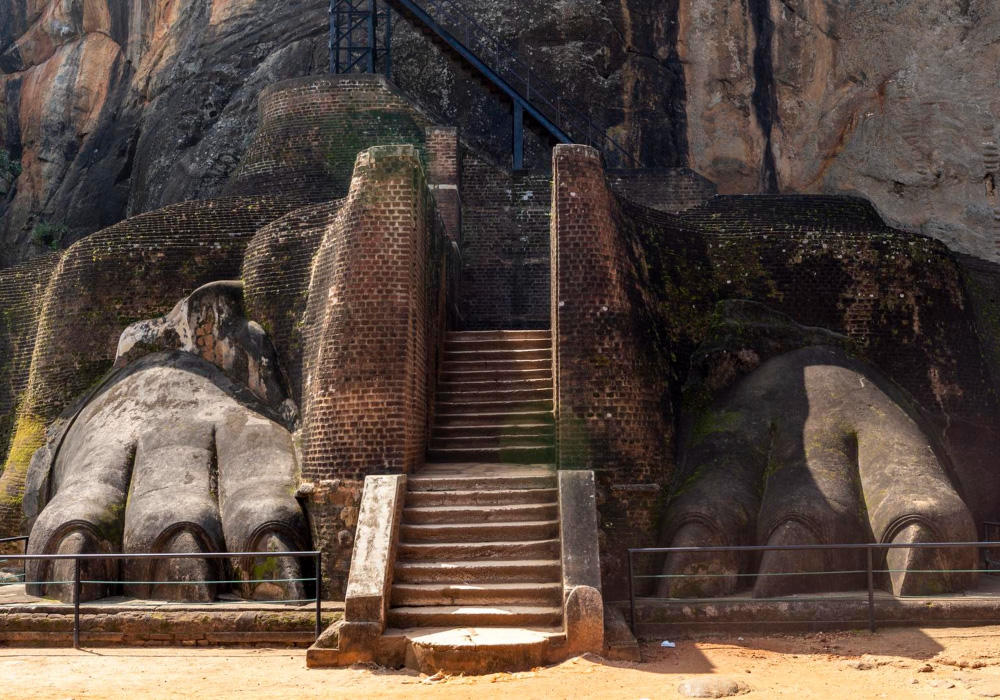
From the moment you arrive, it’s clear this is no ordinary hike. Sigiriya is a UNESCO World Heritage Site and a symbol of Sri Lankan ingenuity, where a royal citadel was carved into the very bones of the earth. As you climb toward the summit, you’re not just tracing steps through time—you’re immersing yourself in a story of power, art, and resilience.
Historical Significance
Sigiriya dates back to the 5th century AD, when King Kasyapa transformed this massive granite outcrop into his capital. The fortress showcases remarkable feats of engineering, boasting landscaped gardens, hydraulic systems, and a palace situated atop the rock.
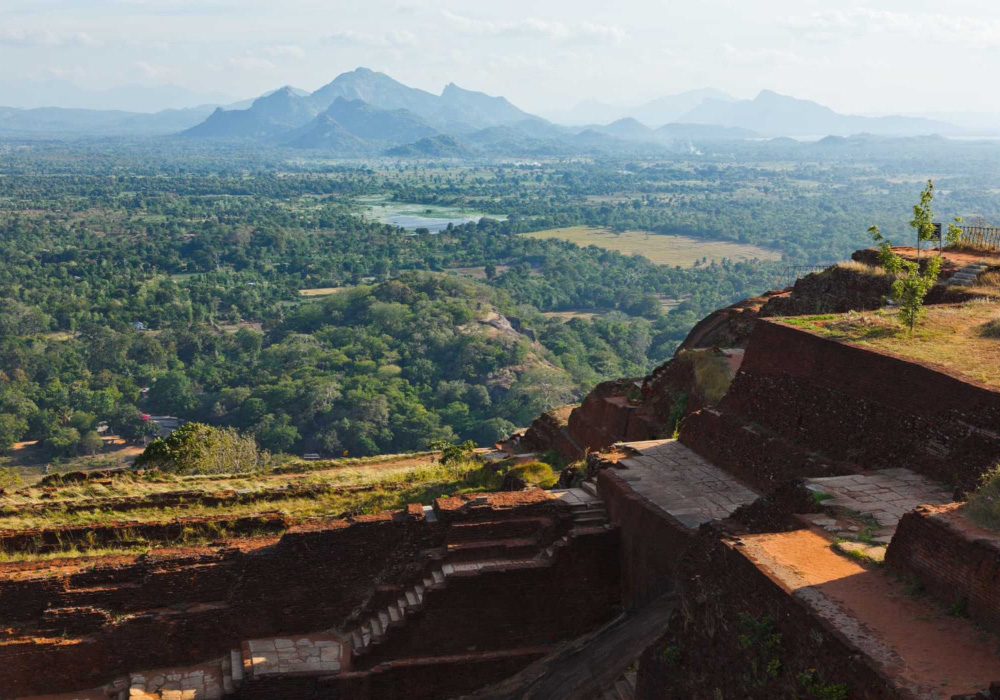
Key highlights of Sigiriya’s historical legacy include:
- Construction by King Kasyapa (477–495 AD): A strategic stronghold to protect his reign.
- Royal Palace at the Summit: Remnants of throne rooms, pools, and platforms still remain.
- The Mirror Wall: Once polished to reflect the king’s image, now etched with centuries-old graffiti.
- Frescoes of Heavenly Maidens: These iconic paintings remain preserved on shaded walls.
- Sophisticated Water Gardens: An early example of geometric landscape architecture.

The site’s designation as a UNESCO World Heritage Site underscores its global cultural significance.
The climb experience
Climbing Sigiriya is more than a hike—it's a journey through a legendary landscape shaped by ambition, art, and ingenuity. As you ascend the rock, each stage reveals a new facet of this ancient stronghold, from tranquil gardens to painted walls and sky-high ruins. The path is a compelling blend of natural wonder and archaeological brilliance, culminating in a view that’s as unforgettable as the history beneath your feet.

Trail overview
The ascent to Sigiriya Rock is not just a physical journey—it’s a gradual immersion into a historical and natural masterpiece. The trail begins at ground level with serene symmetry and rises steadily, revealing more of the rock’s secrets with each step. Climbing Sigiriya involves approximately 1,200 steps carved into the rock face, winding through landscaped gardens, narrow staircases, and iron walkways clinging to the cliffside. Allow 1.5 to 2 hours, depending on your pace. Although moderately challenging, the climb is accessible to most fitness levels, especially when approached with a steady pace and taken in short breaks.
Key sections:
- Base gardens: Symmetrical water features and boulder gardens display ancient landscaping genius.
- Fresco gallery: Halfway up, admire the famed maidens painted in ochre and gold.
- Summit approach: The final ascent via the Lion’s Paw Terrace leads to the ruins of Kasyapa’s palace.
Pro tip: Start early to avoid the midday heat and crowds, and to enjoy cooler air and softer morning light as you ascend.

At the summit
Reaching the summit of Sigiriya is a moment of triumph, rewarded not only by the physical satisfaction of the climb but by the extraordinary landscape that unfolds before you. The flat-topped rock, once the heart of King Kasyapa’s fortress, offers a 360-degree panorama over the lush plains of Sri Lanka’s Central Province. The blend of natural beauty and ancient engineering creates an awe-inspiring atmosphere, where history and horizon stretch endlessly in every direction.
Breathtaking views
The summit offers 360-degree views of:
- Lush canopy below: Endless jungle and fields stretch to the horizon.
- Surrounding villages: Dotted throughout the landscape like time capsules.
- Sigiriya’s gardens from above: Symmetrical beauty in perfect scale.
Sunrise and sunset visits offer the most dramatic lighting for photography and reflection.
Ancient ruins
At the summit, explore:
- Palace foundations: Walk the layout of the once-luxurious citadel.
- Throne room and pools: Imagine royal life amid stone walls and bathing tanks.
- Graffiti and inscriptions: Words from past centuries etched in stone.
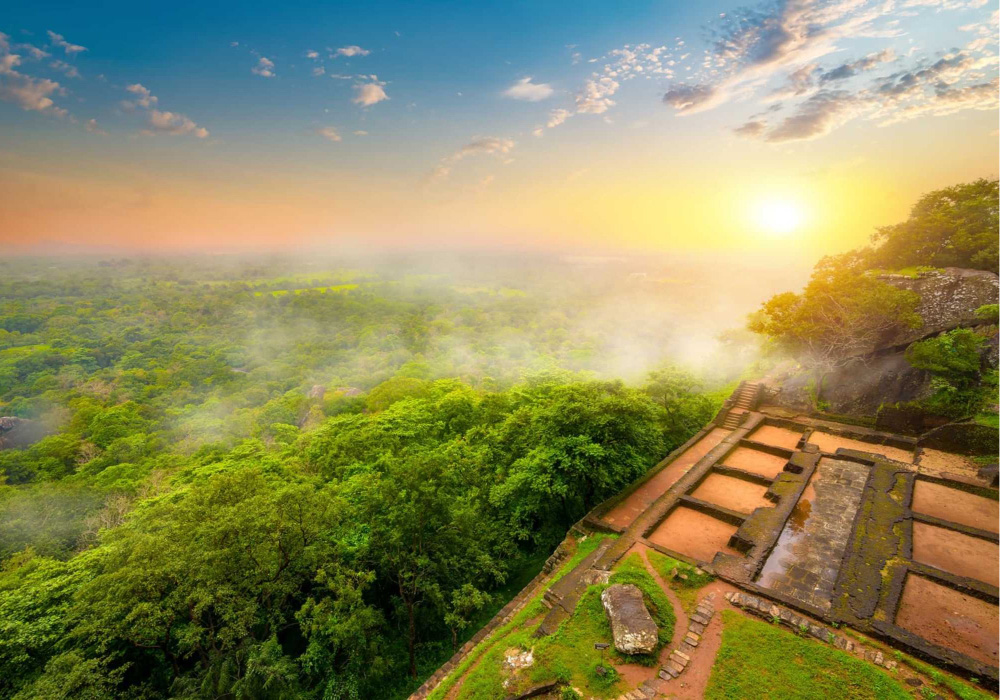
The summit is a vantage point where time and landscape converge.
Standing here, surrounded by sky and stone, it’s easy to imagine the grandeur of a royal citadel once perched atop this rock. The summit of Sigiriya doesn’t just mark the end of a climb—it transports you into the heart of an ancient kingdom.
Visitor tips: timing and safety
A successful climb of Sigiriya starts with thoughtful planning. From choosing the right time of day to ensuring you're properly equipped, a few smart decisions can make your visit safer, more comfortable, and ultimately more rewarding. Here’s how to prepare for your climb and get the most out of this iconic experience.
Best times to visit
Timing your visit well can make all the difference, transforming a strenuous midday climb into a serene and enjoyable adventure. The early hours of the day offer both cooler temperatures and softer light for photography, while the dry season ensures more stable footing and clearer skies.
- Early morning (around 7 AM): Beat the tropical heat and avoid peak tourist crowds. The light is golden, and the trail is quieter.
- Dry season (January to April): This is considered the best window to climb Sigiriya. Skies are typically clear, mornings are cooler, and visibility from the summit is excellent.
- Avoid October–December: This period is characterized by increased rainfall, which makes the paths slippery and the views hazy. Flash showers can also catch climbers off guard.
Safety precautions
While the trail is generally well-maintained and suitable for most visitors, safety should always be a priority. Slippery steps, high temperatures, and the natural environment all present potential hazards if you’re unprepared.
- Wear proper shoes: Sturdy, non-slip hiking or walking shoes are essential for navigating narrow stairs and uneven stone paths.
- Protect yourself from the sun: Use sunscreen, wear a hat, and consider light long sleeves. There’s little shade on the upper sections.
- Bring water and stay hydrated: The climb can be physically demanding, especially under the sun. Dehydration is a common issue.
- Respect local wildlife: Monkeys are common along the trail—avoid feeding them or getting too close, as they can be aggressive.
- Use handrails where available: Especially on exposed staircases and windy sections near the summit.
- Climb with a companion if possible: Having someone with you is both safer and more enjoyable.
- Check weather conditions and site rules before you go: Sudden closures or adverse weather can affect accessibility.
A little preparation goes a long way in making your Sigiriya Rock experience both safe and unforgettable.
Nearby attractions and local cuisine
The Sigiriya Rock Fortress may be the highlight of your visit, but the surrounding region offers a wealth of cultural and culinary experiences that deepen your connection to Sri Lanka's rich heritage. Whether you’re exploring more ancient sites or indulging in local flavours, the area around Sigiriya provides ample opportunities to extend your journey meaningfully.
Historical sites nearby
Sigiriya sits in the heart of Sri Lanka’s Cultural Triangle, surrounded by a network of ancient cities and sacred temples that collectively tell the story of the island’s spiritual and royal legacy. These nearby landmarks are easily accessible by car or tuk-tuk, making for rewarding day trips.
-
Dambulla Cave Temple (17 km): Carved into a massive granite outcrop, this UNESCO World Heritage Site features a complex of five richly decorated cave shrines. Inside, you'll find over 150 Buddha statues and vibrant murals covering centuries of devotional artistry.
-
Polonnaruwa (60 km): Once the thriving medieval capital of Sri Lanka, Polonnaruwa is now an expansive archaeological park featuring remarkably well-preserved temples, statues, and royal buildings. It’s an ideal destination for both history lovers and architecture buffs.
-
Anuradhapura (74 km): This ancient city is a spiritual center of Sri Lankan Buddhism, home to revered sites like the Ruwanwelisaya stupa and the sacred Sri Maha Bodhi tree—a sapling from the tree under which the Buddha attained enlightenment.
Local flavours
After a day of trekking through history and climbing rock fortresses, few things satisfy like the bold and vibrant flavours of Sri Lankan cuisine. The dishes here are rooted in local traditions, drawing on fresh spices, coconut, and regional ingredients that offer a taste of island life at its most authentic.
- Rice and curry: A staple of every meal, this dish features a heap of rice accompanied by a variety of spiced vegetable and meat curries, often served on a banana leaf for added aroma.
- Kottu roti: A beloved street food made by stir-frying shredded roti bread with vegetables, egg, and your choice of meat, all chopped together on a hot griddle with rhythmic clangs.
- Hoppers and pittu: Hoppers are bowl-shaped pancakes with crispy edges, while pittu is a steamed mixture of rice flour and grated coconut—both perfect for breakfast or as a light dinner.
- Pol sambol: This spicy, tangy coconut relish is the perfect side to almost any Sri Lankan dish, adding heat and zing with every bite.
For the freshest and most authentic meals, explore local restaurants and roadside eateries where recipes have been passed down through generations. It's not just about feeding your body after the climb—it’s about savouring the culture, one bite at a time.

Why Sigiriya is unmissable
The Sigiriya Rock Climb is more than a physical ascent—it’s a transformative experience. Along the path to the summit, visitors pass through ancient ruins, artistic legacies, and lush natural beauty, all while gaining a deeper appreciation for Sri Lanka’s rich cultural heritage and diverse ecology. The panoramic views at the top are both a visual and emotional reward, bringing the entire journey into focus.
Whether you’re a history buff, a nature lover, or a curious traveller, Sigiriya offers a rare combination of exploration and enlightenment. From the thoughtful engineering of the water gardens to the grandeur of a mountaintop palace, every step of the climb tells a story. This isn't just a sightseeing stop—it’s an unforgettable journey through one of the world’s most awe-inspiring heritage sites.

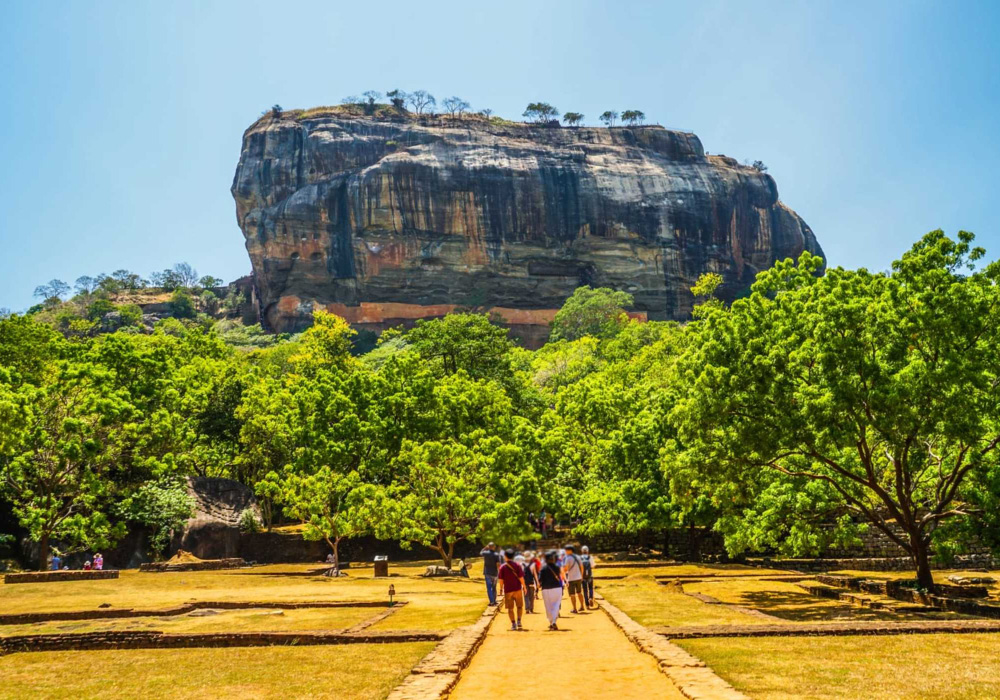
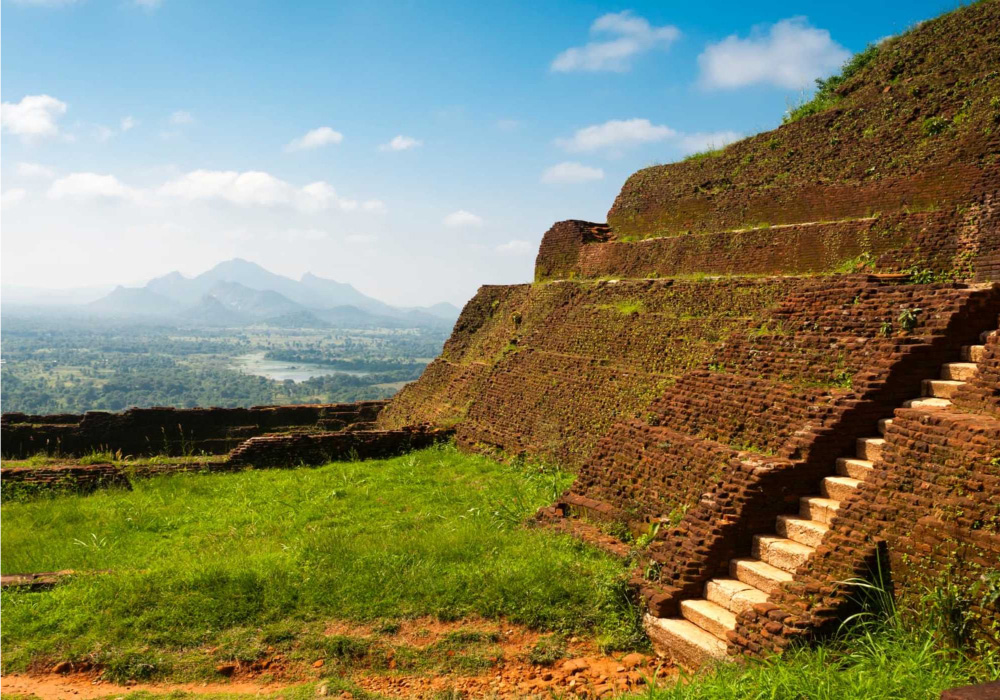

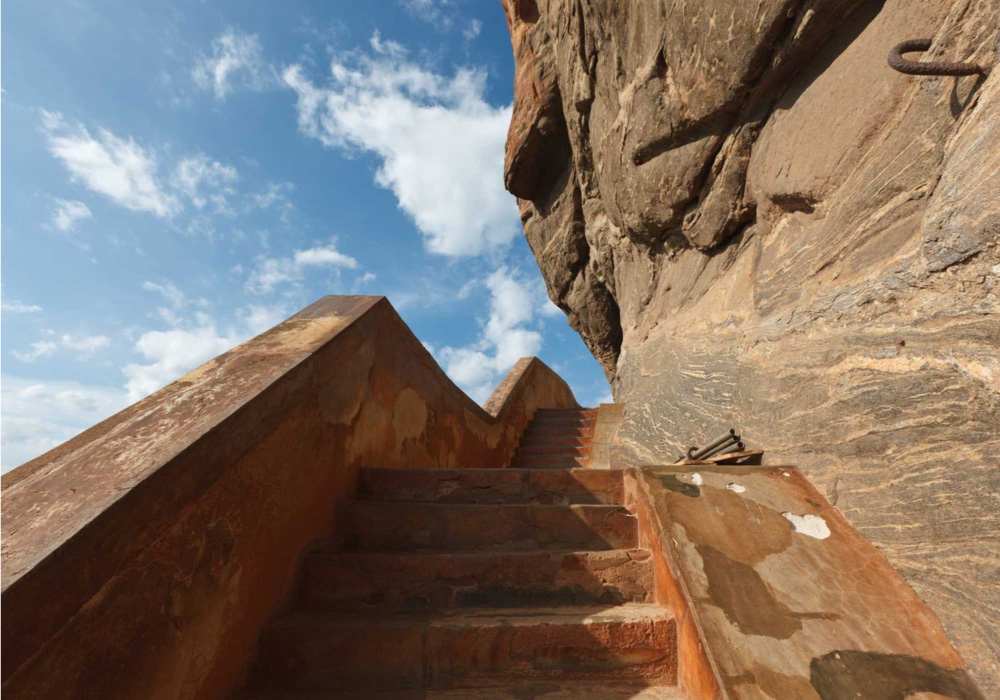
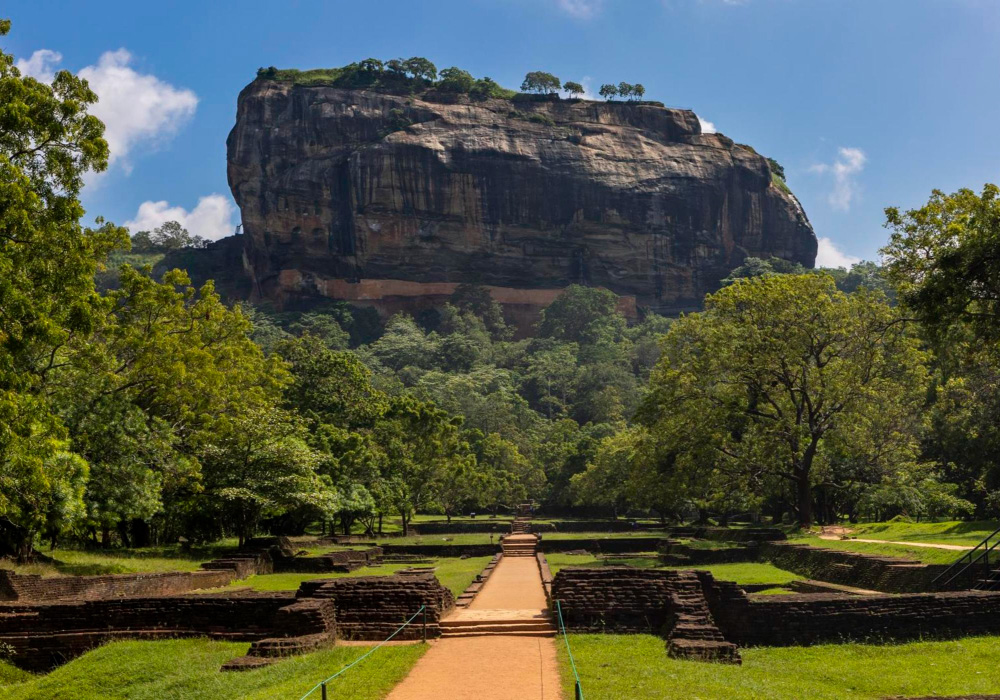
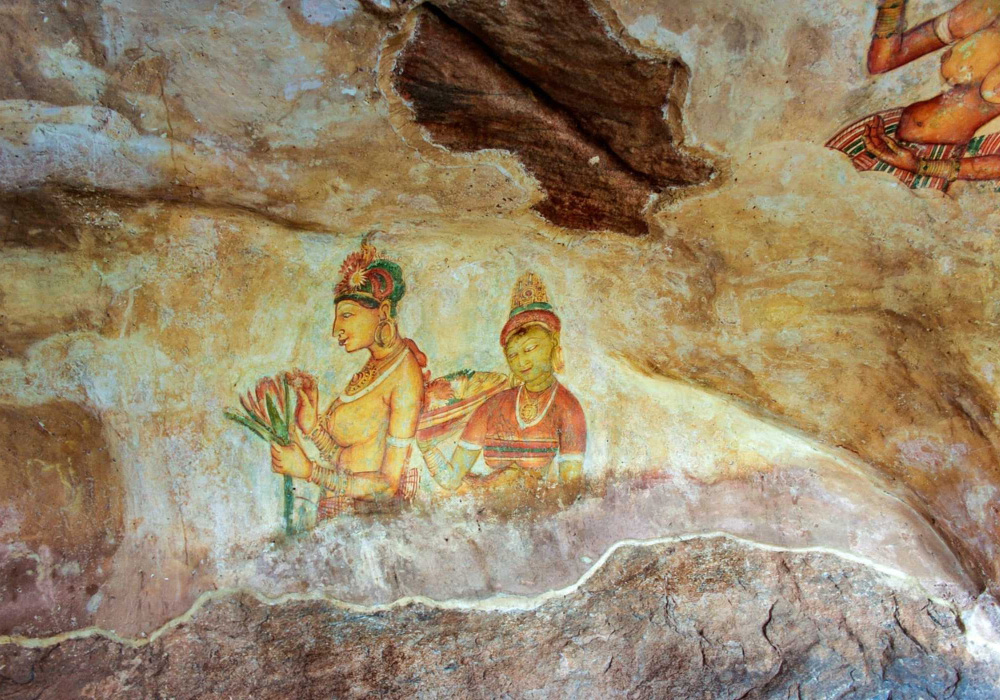
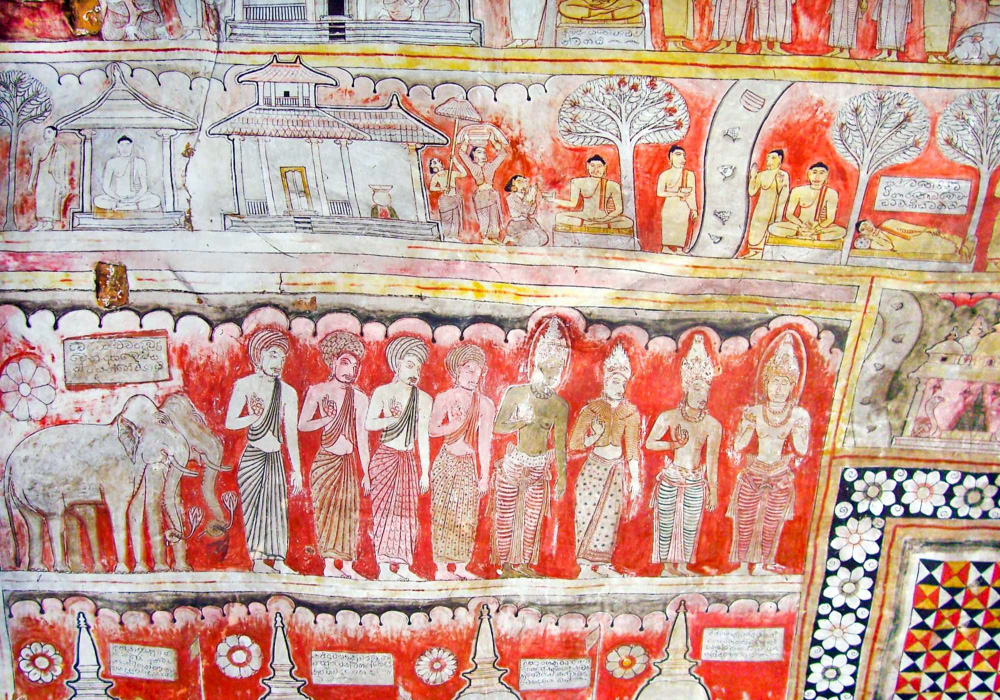


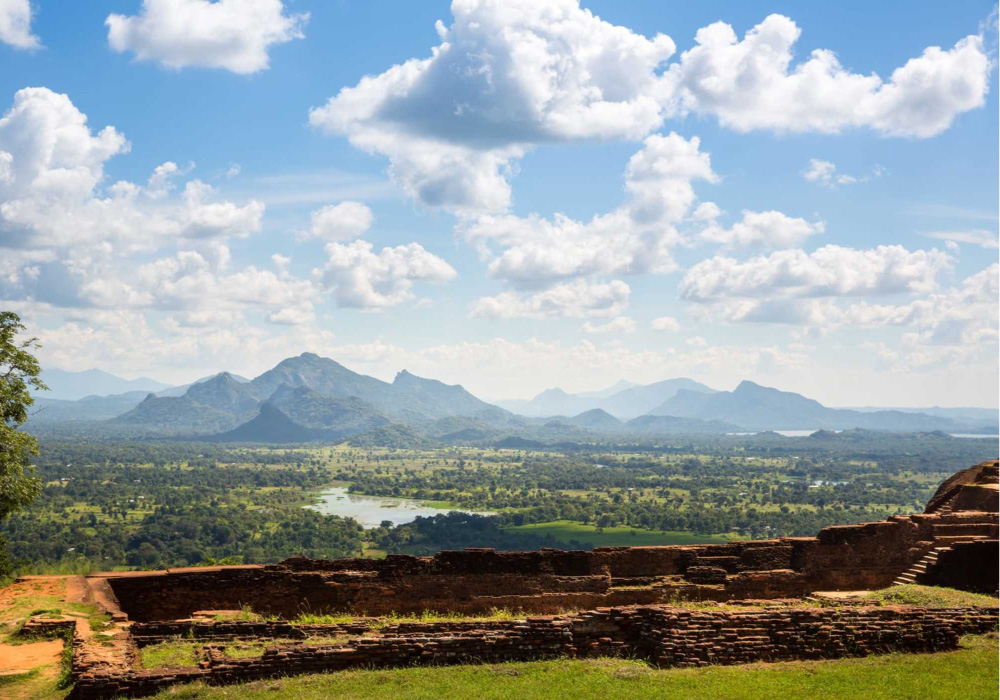


Comments powered by CComment